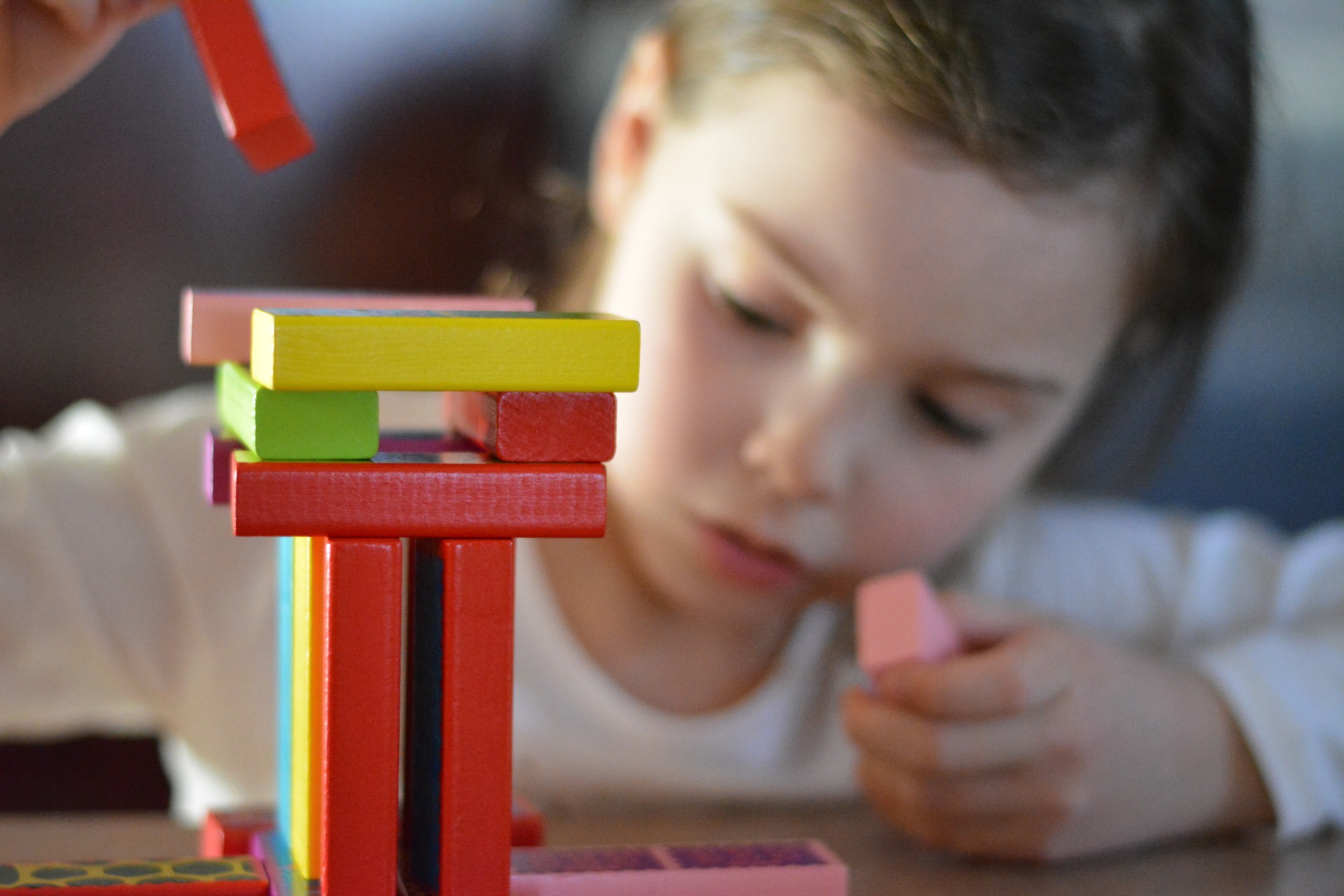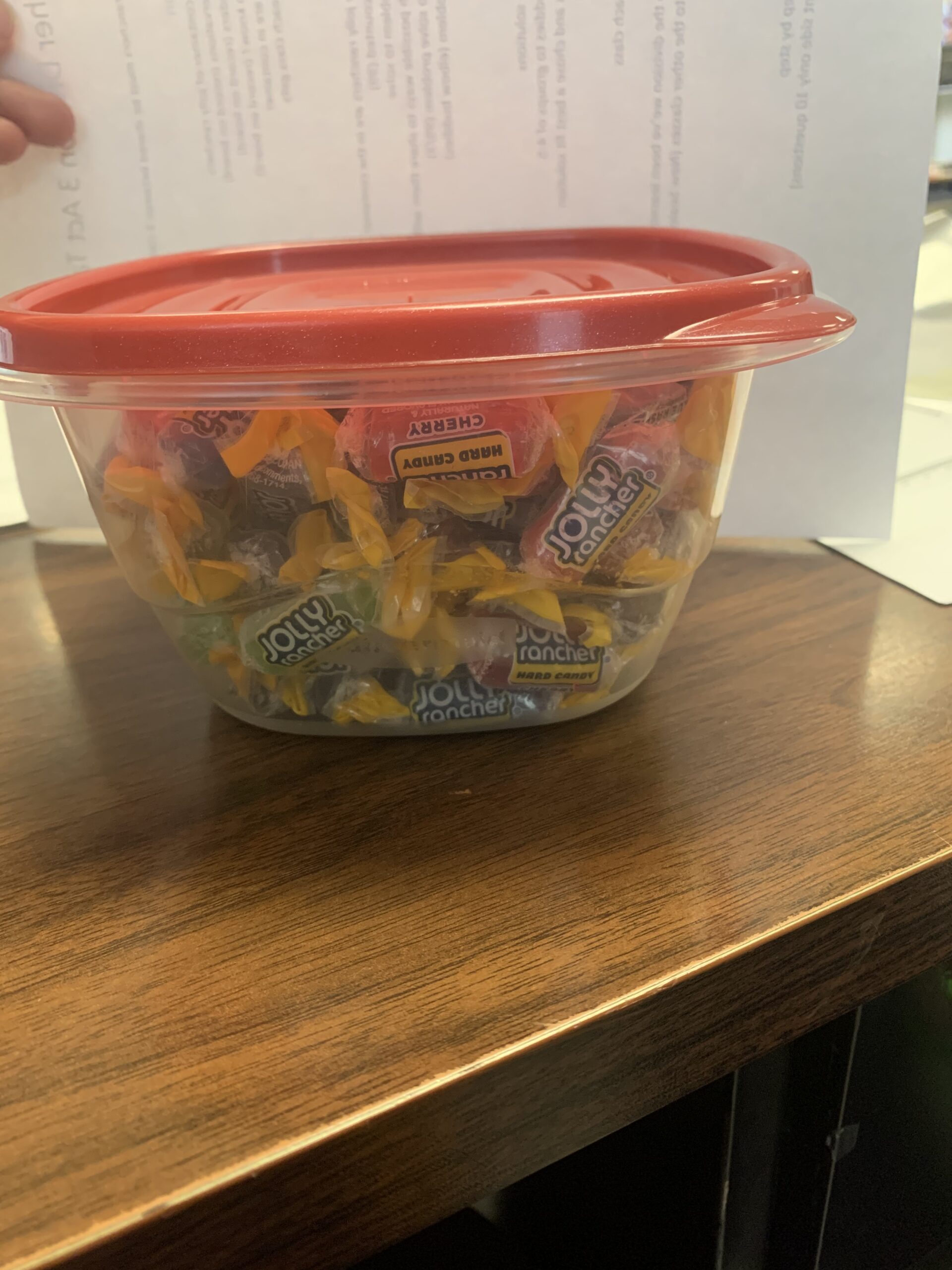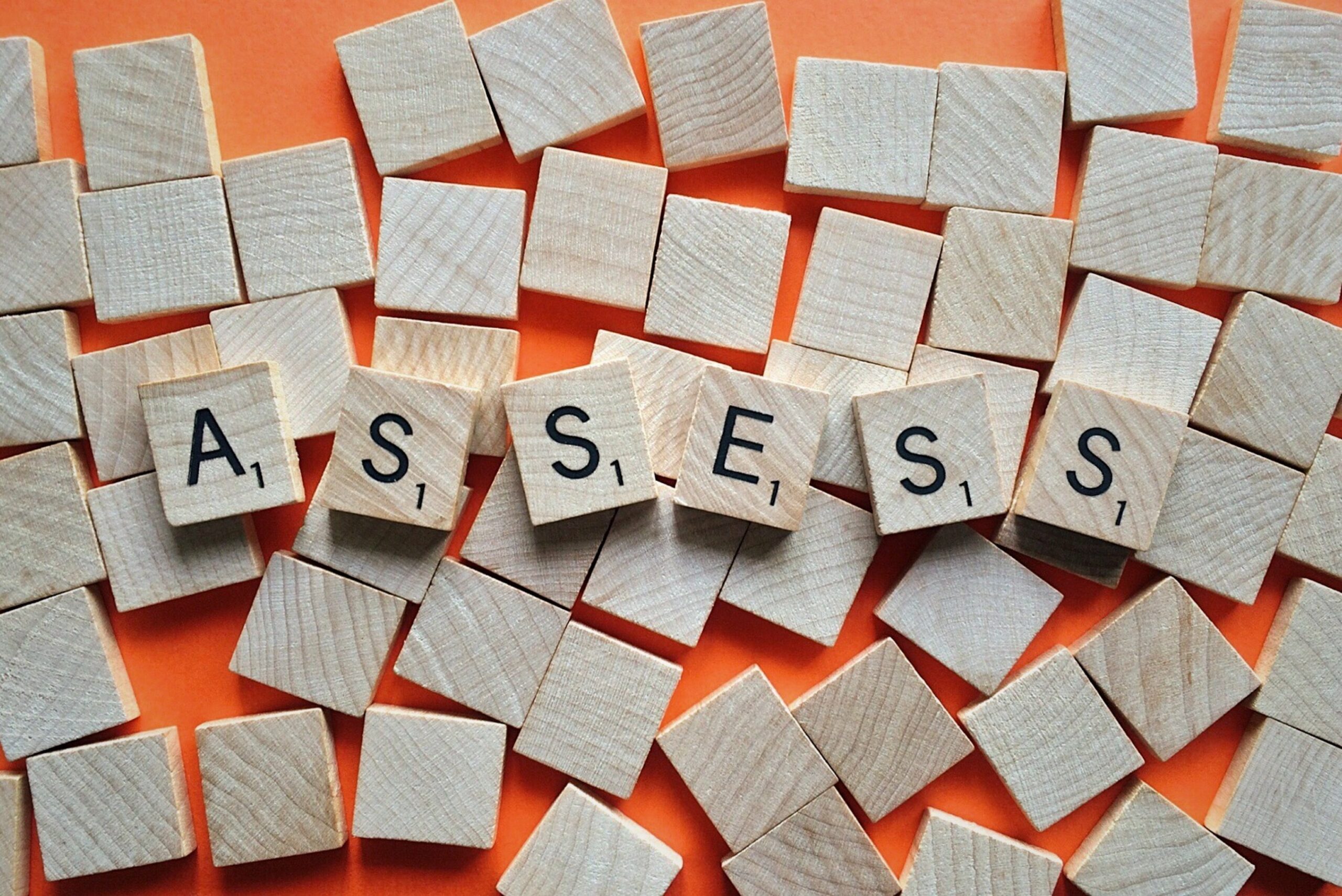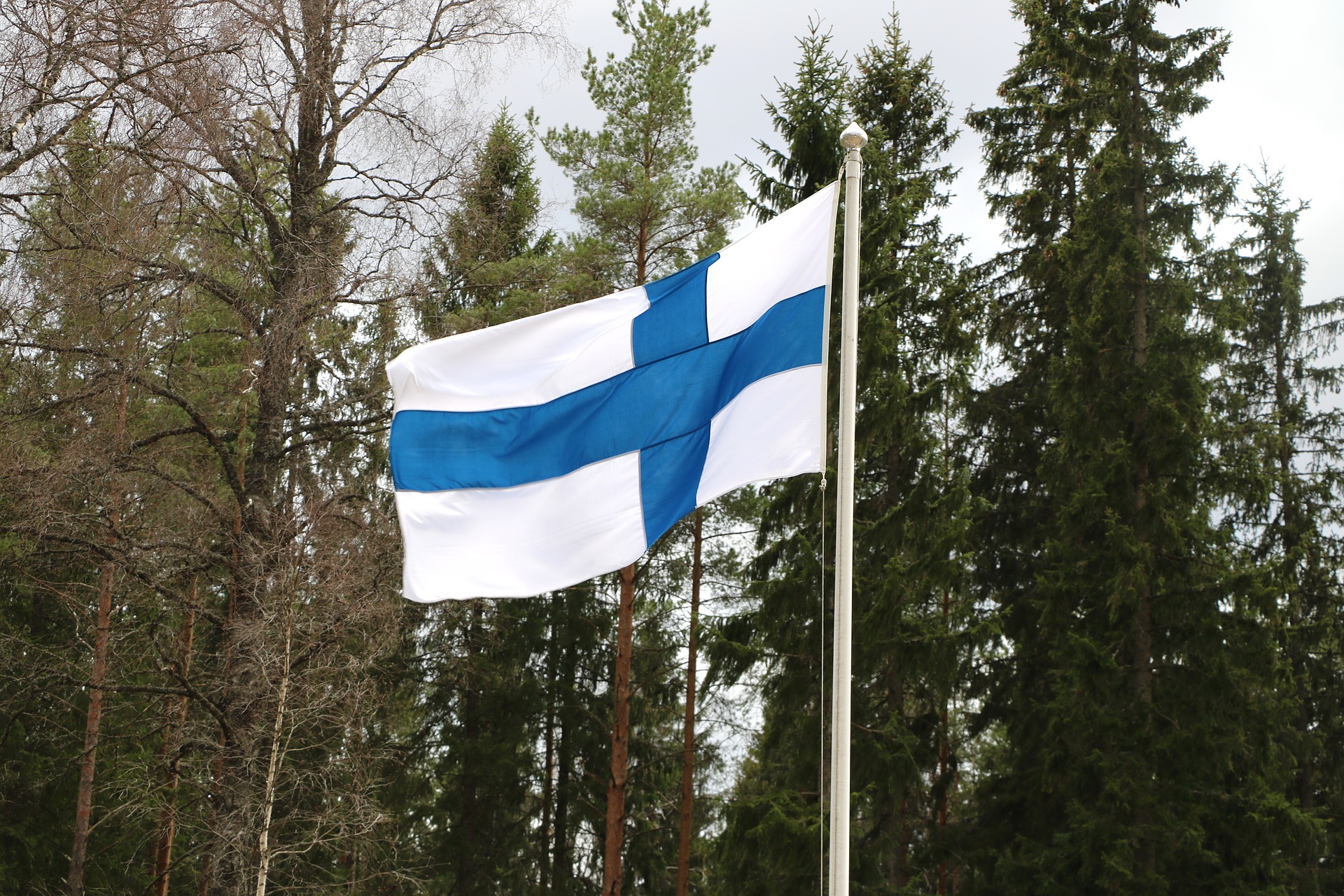Mathematical Vocabulary from the United Kingdom.
I found the book both informative and extensive. The list of vocabulary in it was helpful and there were very few words I could think of to add. One of the things I would add is to teach students the Greek and Latin roots that give number which appear in math throughout the curriculum. By teaching these word parts it gives my students the ability to decode new words across the curriculum. For the last three years I have been trying “Get to The Root of It” which pics three roots each week and through the school year works through some of the most common roots in the English language. This supports the development of all students across all subject areas as we focus on the meaning of the words specifically the roots and students are often excited to identify a known root in math, science, or social studies. When teaching math vocabulary, we must remember that it may not only be our ELL students that need support with the language as the document stated many words used in math have multiple meanings and can be used in a general context or with a great deal of specificity in math. I think that teaching students the language of math will help them to be more effective communicators and problem solvers in math. As we are moving towards more group problem solving and group work in math, we need a common language in which to describe what we are doing. I am hoping to continue teaching the “Get to The Root of It” program as it is making a positive impact as well as having students create our own math word wall or add our math words to our word wall, something I would like to do with this is have students make illustrated cards for the word wall to have an image that goes with the word and definition. I am in agreeance with other posters that teaching students the appropriate vocabulary from the beginning is essential. By teaching it to them and having the appropriate vocabulary as part of our daily classroom conversation it reduces some of the anxiety around math conversations and build confidence in using the vocabulary. In language arts we encourage children to write with exciting and descriptive “triple scoop” words, our math language is an extension of that by having students use specific and descriptive language it solidifies their thinking and encourages communication. I think that the vocabulary to communicate one’s mathematical thinking helps to build understanding.
A few years ago, I was working with a mentor teacher as part of my district’s New Teacher Mentor Program, and she said something about math language that has real stuck with me and made me think about and adapt my own language. I was working on a unit on multiplication with my grade 4/5 split class and a student said, “four times five” and she interrupted my lesson to explain that “times” in math wasn’t really a thing that we multiply, or we have four groups of five and this was a personal light bulb moment for me. I understood that while for many of us multiply and times are the same thing, they have their own meanings. Since that day I have been very conscious of using the specific name for an operation in my lessons and over the course of the year my students have begun to do the same, we subtract we don’t minus, I’m seeing how having a common language helps my students to work and problem solve together.
Something that really impressed me in this document was not the exhaustive word list for each grade level, teaching that would be a program on its own. What really caught my attention was the examples of open and closed questions and the strategies for asking students questions to get them thinking and extend their thinking. I think we often intend to ask to keep thinking questions but may phrase them in a way that stops or limits thinking, seeing these clear examples was a wonderful reminder of different ways I could phrase my questions to my students.
Roots I would teach and sample words. For me and the way my school uses the roots understanding the meaning of the root is more important than the actual words used, if students know the root they can figure out the meaning of the words.
- Cycl
- Cycle
- Cyclical
- Circum
- Circumference
- Centr
- Venter
- Central
- Concentric
- Circumscribe
- Ology
- Sci
- Science
- Mem
- Memory
- Vis
- Visualize
- Visual
- Visible
- Dict
- Dictate
- indicate
- Graph / gram
- Graph
- Graphic
- Diagram
- Chron
- Chronological
- Temp
- Temperature
- Temporary
- Loc
- Location
- Local
- Allocate
- Tract
- Contract
- Ten / tens
- Extend
- Plur
- Plural
- Plus
- Multi
- Multiple
- Multiply
- Myriad
- Multitude
- Poly
- Polygon
- Mono
- Uni
- Unify
- Unit
- Sol
- Solo
- Sole
- Solitary
- Bi
- Billion
- Bilateral
- Biannual
- Du
- Dual
- Duplex
- Duplicate
- Ambi / amphi
- Ambiguous
- Tri
- Triangle
- Trident
- Triplicate
- Quad / quar
- Quart
- Quadrangle
- Quadrilateral
- Penta / quint
- Pentagon
- Hex
- Hexagon
- Sept
- Oct
- Octagon
- Non / nov
- Nonagon
- Deci / deca
- Decade
- Decimal
- Decimeter
- Cent
- Cent
- Cenitmeter
- Century
- Percent
- Centigrade
- Fals / fall
- False
- Fallacy
- Cred/ cert
- Certain
- Credible
- Credit
- Med
- Medium
- Median
- Semi / hemi
- Semicircle
- Hemisphere
- Equ
- Equator
- Equal
- Equilateral
- Equation
- Equidistant
- Geo
- Geometry








